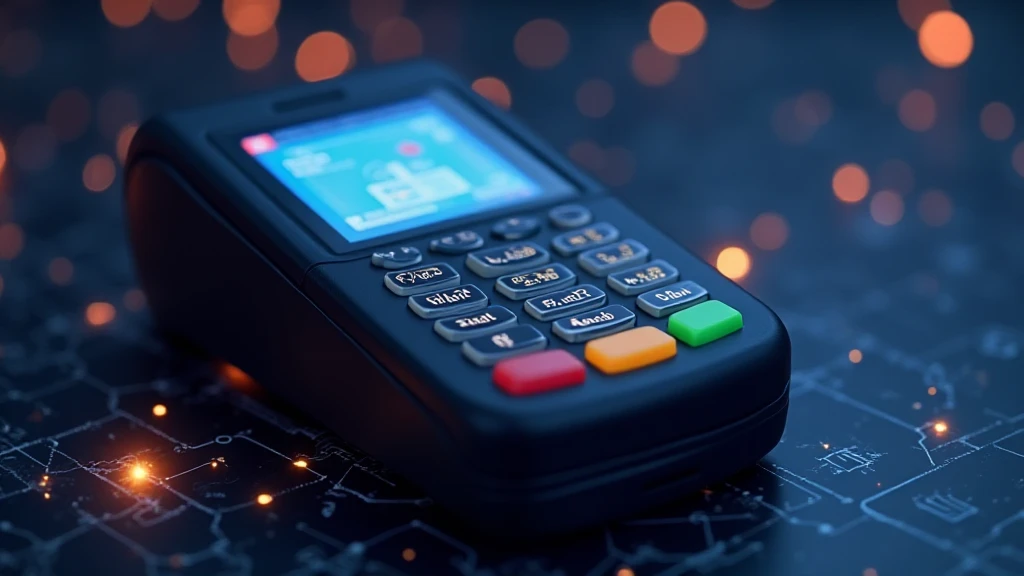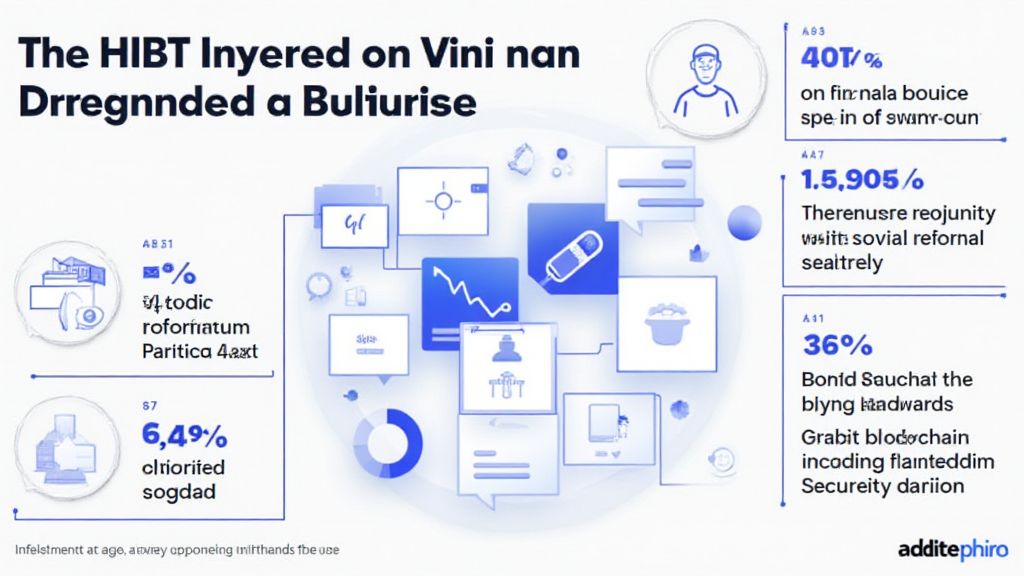Bitcoin Payment Terminal Security: Ensuring Safe Transactions
As Bitcoin adoption continues to rise, the need for robust security measures in payment terminals has become more critical than ever. According to recent studies, losses due to cryptocurrency-related hacks reached an alarming $4.1 billion in 2024. With an increasing number of transactions taking place via Bitcoin payment terminals, ensuring their security is paramount. In this article, we will explore various aspects of Bitcoin payment terminal security, highlighting its significance and the best practices to implement.
The Importance of Bitcoin Payment Security
Bitcoin payment terminals serve as gateways for merchants and consumers to transact with cryptocurrency. However, without proper security measures, these terminals can become targets for malicious attacks. Here’s why securing your Bitcoin payment terminal is critical:
- Protection Against Fraud: Hackers often target payment systems to extract sensitive customer information. Securing your terminal helps prevent identity theft and fraudulent transactions.
- Trust Establishment: Customers are more likely to transact if they feel safe using Bitcoin payment systems. A secure terminal fosters trust, encouraging more businesses to adopt cryptocurrency.
- Compliance and Regulations: Many jurisdictions are tightening regulations around digital currencies. Non-compliance due to poor security practices can lead to significant fines.
Key Security Practices for Bitcoin Payment Terminals
To enhance the security of Bitcoin payment terminals, consider implementing the following practices:

1. Use of Secure Networks
Always connect your Bitcoin payment terminal to a secure, private network. Avoid using public Wi-Fi for transactions, as these networks are often vulnerable to attacks.
2. Regular Software Updates
Ensure that your payment terminal software is regularly updated. Manufacturers often release patches that fix known vulnerabilities.
3. Multi-Factor Authentication (MFA)
Implementing MFA for transactions adds an extra layer of security. Even if an attacker gains access to one form of authentication, they would still need additional information to succeed.
4. Transaction Encryption
Ensure that all transactions are encrypted. This means that even if a hacker intercepts data, it would be unreadable without the decryption key.
5. Employee Training
Train staff on security protocols and best practices. Human error is often the weakest link in the security chain; empowering employees to recognize threats is vital.
Emerging Threats in Payment Terminal Security
As technology evolves, so do the tactics employed by cybercriminals. Here are some emerging threats to be vigilant about:
- Phishing Attacks: Attackers may use phishing techniques to trick employees into revealing sensitive information regarding transactions.
- Ransomware: Ransomware attacks can lock terminals, demanding payment in cryptocurrencies.
- Supply Chain Attacks: Compromising hardware before deployment can lead to vulnerabilities that are difficult to trace.
Bitcoin Payment Trends in Vietnam
With the growing acceptance of Bitcoin in Vietnam, transaction volumes have surged. Data shows that the number of Bitcoin users in Vietnam has increased by 300% over the past year, making security in payment terminals even more critical. Local businesses must not only adopt these technologies but also ensure they comply with regulations and protect their customer assets.
In Vietnam, businesses are also witnessing a shift in consumer behavior, where safety and security are top considerations. Merchants that implement secure payment terminals are likely to stay ahead of the competition.
Future of Bitcoin Payment Terminal Security
As we move towards 2025, the emphasis on security will only increase. Here are the trends we expect to see:
- Advancements in Blockchain Security Standards: New standards will be developed to enhance security protocols in payment systems.
- Integration of Artificial Intelligence: AI will play a role in monitoring transactions for suspicious activities.
- Regulatory Changes: Governments are likely to implement stricter regulations around cryptocurrency transactions, impacting how businesses approach security.
Conclusion
Ensuring the security of your Bitcoin payment terminal is not an optional task but a necessity. By employing best practices, training employees, and keeping up with emerging threats, you can safeguard your transactions and build trust with your customers. As the Vietnamese market expands and evolves, staying informed on the latest security measures will be critical to success. Remember, a secure payment system is akin to a robust vault safeguarding digital assets.
By following these guidelines and continually assessing your security practices, you’re well on your way to establishing a secure Bitcoin payment environment. For more information on blockchain security standards (tiêu chuẩn an ninh blockchain), check out other related articles on our site.
mycryptodictionary is committed to delivering up-to-date information regarding crypto security and industry practices.
About the Author: John Doe is a cyber security consultant specializing in blockchain technologies. With over 15 published papers on digital security, he has been instrumental in auditing several high-profile projects.





